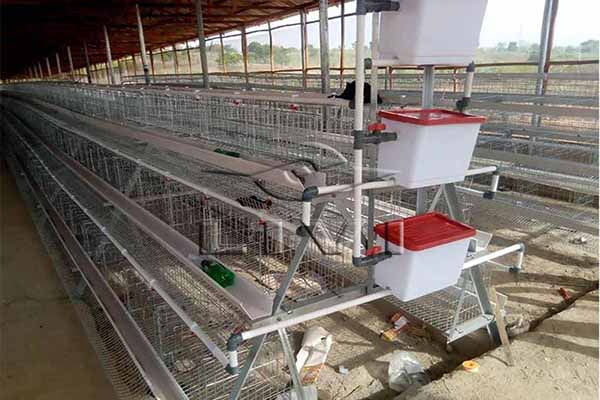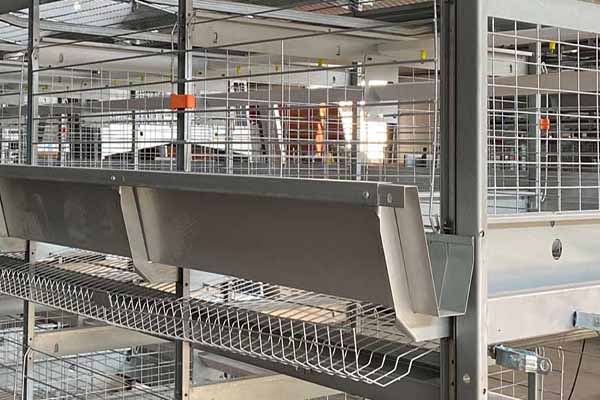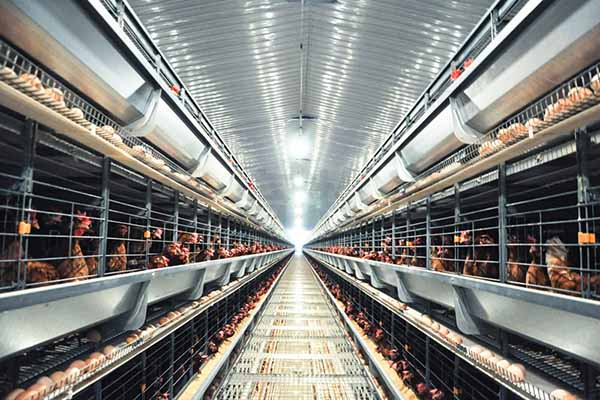Optimizing Commercial Poultry Farming: A Detailed Guide for 30,000 Chicken Cages in Uganda
In the bustling poultry sector of Uganda, a well-structured commercial poultry cage system for 30,000 chickens is essential for maximum efficiency and productivity. This comprehensive guide will delve into the key aspects of setting up such a system, providing valuable insights for poultry farm owners and investors alike.
Key Components of a Commercial Poultry Cage System
- Design and Layout: The system should be designed to ensure easy access for feed and water distribution, as well as efficient waste management.
- Cage Specifications: Cages for 30,000 chickens should be designed to accommodate the flock comfortably, with adequate space for movement and ventilation.
- Automation: Implementing automated systems for feeding, watering, and monitoring can significantly reduce labor costs and improve overall productivity.
- Environmental Control: Proper temperature, humidity, and air quality are crucial for the health and well-being of the chickens.
- Health and Biosecurity: The system should include measures to prevent the spread of diseases and ensure the health of the flock.
According to a recent study, an optimized commercial poultry cage system can increase production by up to 20%. Let’s explore some of the key considerations in more detail:

Designing the System for 30,000 Chickens
for 30,000 Chickens
When planning a commercial poultry cage system for 30,000 chickens, it’s essential to consider the following factors:
- Cage Capacity: Each cage should accommodate a specific number of chickens, ensuring proper space and air circulation.
- Material: High-quality, durable materials are crucial for the longevity of the system.
- Weight Distribution: Proper weight distribution will prevent the collapse of the structure under the weight of the chickens.
- Accessibility: Cages should be easily accessible for maintenance and monitoring.
For instance, a typical cage design for 30,000 chickens might involve:
| Component | Specification |
|---|---|
| Cage Material | Galvanized steel for durability and corrosion resistance |
| Cage Size | 2m x 2m, with a height of 1.2m |
| Weight Capacity | Up to 10 chickens per cage |
Implementing Automation for Efficiency
Automation plays a vital role in a commercial poultry cage system, offering numerous benefits such as:
- Consistent Feed and Water Distribution: Ensures that the chickens receive the proper nutrition and hydration, leading to better growth and health.
- Real-Time Monitoring: Allows for quick identi
 fication of any issues, such as disease outbreaks or poor performance.
fication of any issues, such as disease outbreaks or poor performance. - Reduced Labor Costs: Automating tasks minimizes the need for manual labor, saving time and money.
Investing in automation can significantly improve the efficiency of a 30,000-chicken poultry farm in Uganda.
Conclusion
Setting up a commercial poultry cage system for 30,000 chickens in Uganda requires careful planning and consideration of key factors. By focusing on design, automation, and health management, poultry farm owners and investors can create a productive and sustainable operation.
For a more detailed analysis and free design consultation for your commercial poultry cage system, please feel free to leave a comment or contact us directly. We at Livi Mechanical are dedicated to helping you achieve success in the poultry industry.

